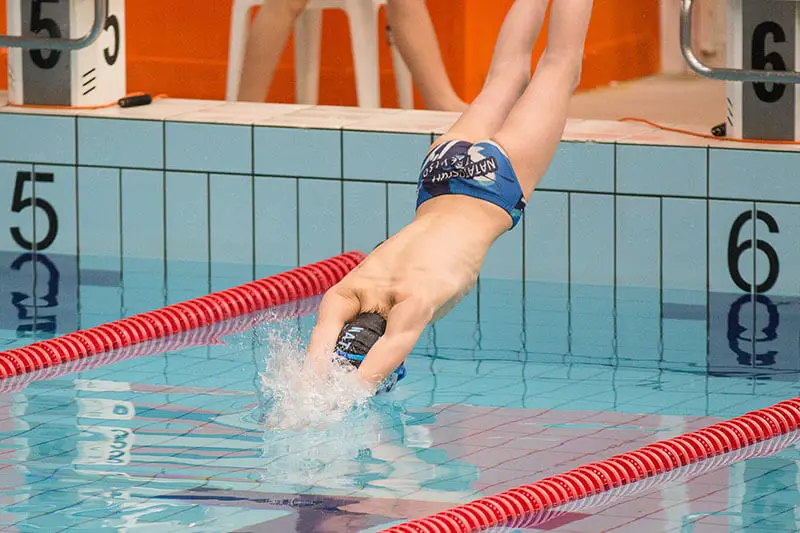If you’re looking to get started with a swim training regimen, it’s very easy to get caught up in arbitrary goals like “swim 30 laps” or “swim for 30 minutes” or “swim 5 times a week”.
You have to first ask yourself: what am I trying to accomplish? How you structure your training differs if your goal is weight loss versus trying to improve your lap times.
The answer to “how many laps in a pool is a good workout” is that it depends. I personally feel that swimming for 30 minutes each session (rest times not included), 3-4 times a week is a great goal to aim for if you are a casual swimmer who wants to stay lean and healthy. If it takes you 60 seconds to swim a lap, then in 30 minutes you can swim 30 laps each workout as a starting point. As you improve, you can progressively increase the pace, amount of laps, duration of each session, and change up the strokes.
As mentioned, how you structure your training regimen differs depending on your goals. In this article, I will go over some different scenarios so you can adjust your training as needed.
What is considered a lap in a pool?
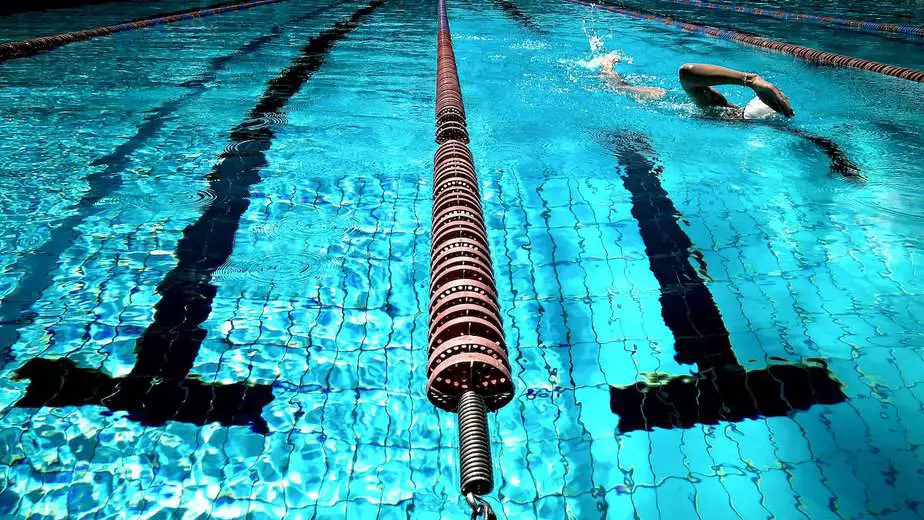
Before I go further, I think it’s important to discuss a term I will be using a lot in this article: laps.
What is a lap? There are two ways to interpret this.
Some consider a lap to be equivalent to one pool length. So if you swam from one end of the pool to the other end, you could say you swam a lap.
However, some consider a lap to be concluded only when you return to your starting point. So for some, a lap would be swimming from one end of the pool to the other and then all the way back, or two pool lengths total.
Things can also get confusing when you factor in SCY, SCM, and LCM pools. Each of these pools have different lengths – 25-yards, 25-meters, and 50-meters respectively.
Most people will swim in 25-yard or 25-meter pools, but know that 25 yards is equivalent to only 22.86 meters, so someone swimming laps in a SCM pool is technically swimming more than someone swimming in a SCY pool. They are not talking about the same lap length!
The Olympics defines a lap as one length of the pool. This seems clear, until you realize that Olympic pools are LCM; 50-meters long, or double the length of most swimming pools. So by their standards, do you have to swim two pool lengths in a regular pool to finish a lap?
I personally feel that a lap should be pool agnostic and I prefer the Olympics’ definition of it being equivalent to whatever your pool’s length is. And that is what I will be going with for the rest of this article.
How many laps should I swim as a beginner?
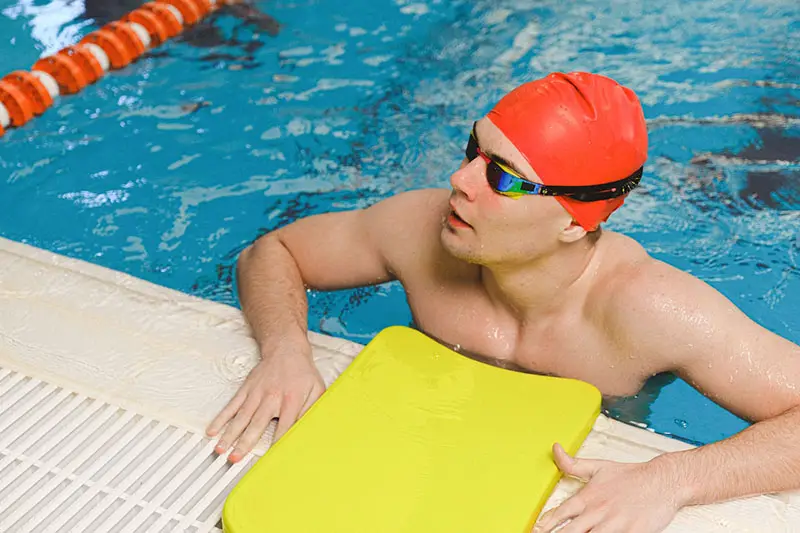
This might be a bit of a cop-out answer, but I think any amount of swimming done at all is good. Heck, even if all you do is tread water, you are already burning a lot of calories and building muscle!
If you haven’t swam in years or are just starting out, trying to swim 30 laps or for 30 minutes straight might be overwhelming.
That said, to make things easier, I do recommend you try to swim for 30 minutes total at a leisurely pace, with 1-2 minute rest times as needed. Do not include your rest times in your workout.
You can easily track your times with a waterproof watch. Start a 30 minute timer for when you swim, and pause it whenever you take a break. Once that timer reaches 00:00, then your workout is finished.
If you can swim a lap in 40 seconds, then in 30 minutes you can probably swim around 40-45 laps. Even if you take a full minute to swim a lap, then you can still swim 30 laps in 30 minutes.
How many laps should I swim to lose weight?
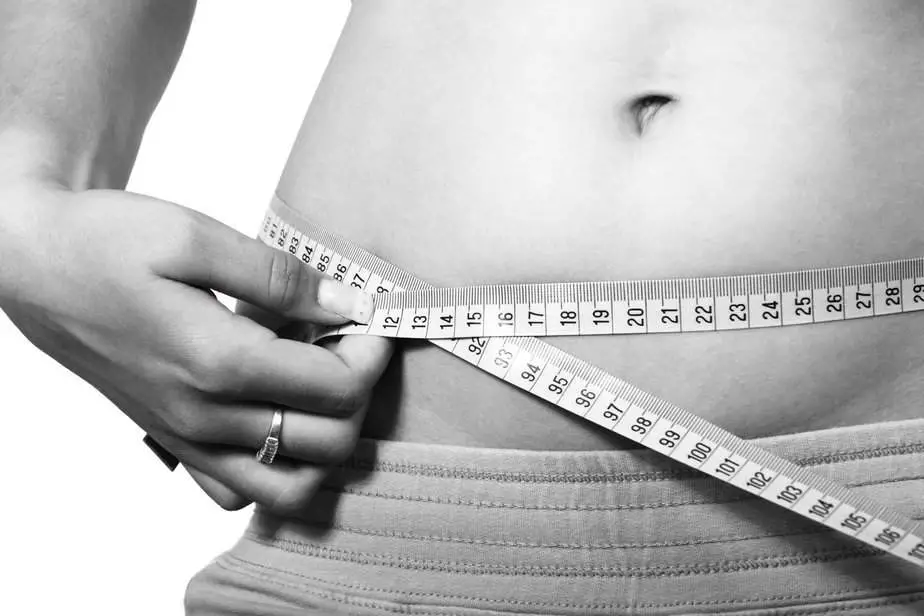
The advice I gave above is also a good starting point for weight loss.
What many people need to realize is that weight loss is basically about burning calories. But an even better way to lose weight is by not consuming as many calories in the first place by eating a cleaner diet and cutting out fast food like sugary drinks or highly-processed carbs.
If it takes a 150-pound person one hour to burn 400 calories by swimming at a moderate pace, you can accomplish the same thing by not eating that McDonald’s double cheeseburger like you wanted to.
However, some people I’ve spoken with love to eat and would rather swim for an hour to burn 400 calories than give up a double cheeseburger, so more power to them.
To directly answer the question, you need to consider how many calories you want to burn for weight loss. And determining how many calories you’re burning while swimming is no easy feat, as there are many variables involved which I will cover in the next section.
However, using the previous example, if you happen to be 150 pounds and your goal is to swim for 60 minutes at a moderate pace because you want to burn 400 calories, then we can do some quick math to determine how many laps you’d need to swim.
Assuming you can swim a lap in 40 seconds, then in 60 minutes you could swim 90 laps. Assuming each lap is 25 meters, then you would have swum 2.25 kilometers, or about 1.4 miles.
Now, to be fair, that is one heck of a workout described above, so you may end up taking way longer as you tire and need to rest between laps. I recommend you do half of that so as not to overtrain yourself in a single workout.
Aim for something like this in 30 minutes:
- Beginner: 20-30 laps
- Intermediate: 35-45 laps
- Advanced: 50-60 laps
- Elite: 65 laps or more
Factors affecting calories burned while swimming
According to Healthline, these are the main factors that affect how many calories you burn while swimming.
- Duration
- Intensity
- Swim stroke
- Weight
- Swim efficiency
In other words, someone who weighs 200 pounds and swims for 30 minutes at a fast pace with no rest times and uses the butterfly stroke is obviously going to burn more calories than someone who weighs 150 pounds swimming backstroke at a slow pace for 30 minutes with rests in between laps.
If you want to burn more calories while swimming for a better workout, then play around with these 5 factors to achieve better results.
You could, for example, keep your swimming time at 30 minutes but increase the intensity (pace), limit rest times, or perform a harder swim stroke. You can even adjust your weight by wearing a swimming weight belt.
You can also check out this calculator to roughly estimate how many calories you will burn while swimming based on your weight, swim stroke, distance, and time spent in the pool.
Which swim stroke burns the most calories?
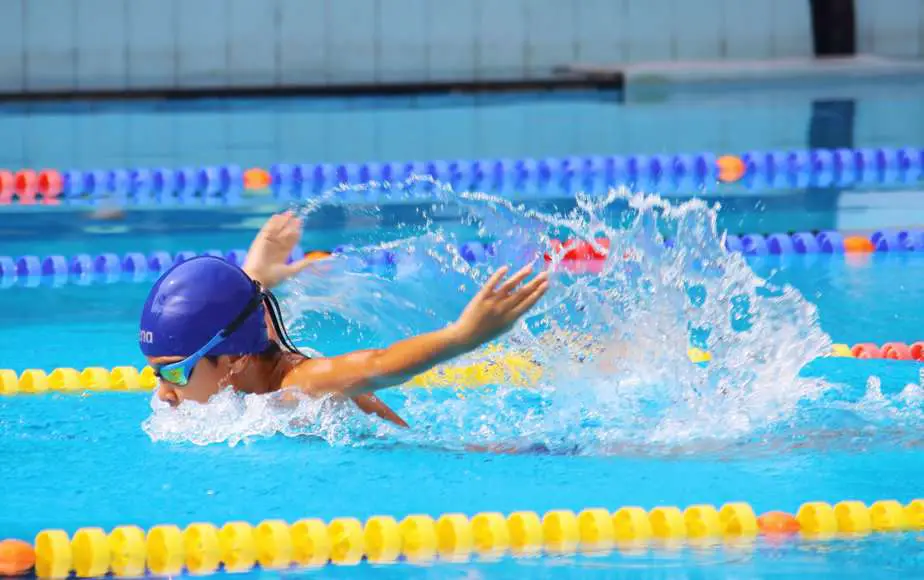
The butterfly stroke burns the most calories and unsurprisingly is the most tiring swim stroke to perform.
With that said, should you exclusively swim butterfly for all of your laps? That depends.
If you swim butterfly but you are gassed within 15 minutes, that might not necessarily be better than swimming freestyle for 30 minutes.
There is also the consideration of variety. If butterfly is your most hated stroke, I don’t think you would keep it up for long. Switch things up to keep things interesting.
From the perspective of technique, wouldn’t you want to improve at all of the swimming strokes instead of focusing on only one?
If you are short on time and want to maximize the amount of calories burned, then by all means, swim butterfly.
But if you plan on doing this in the long run, then consistency and variety is more important than maximum efficiency but at the expense of fun.

